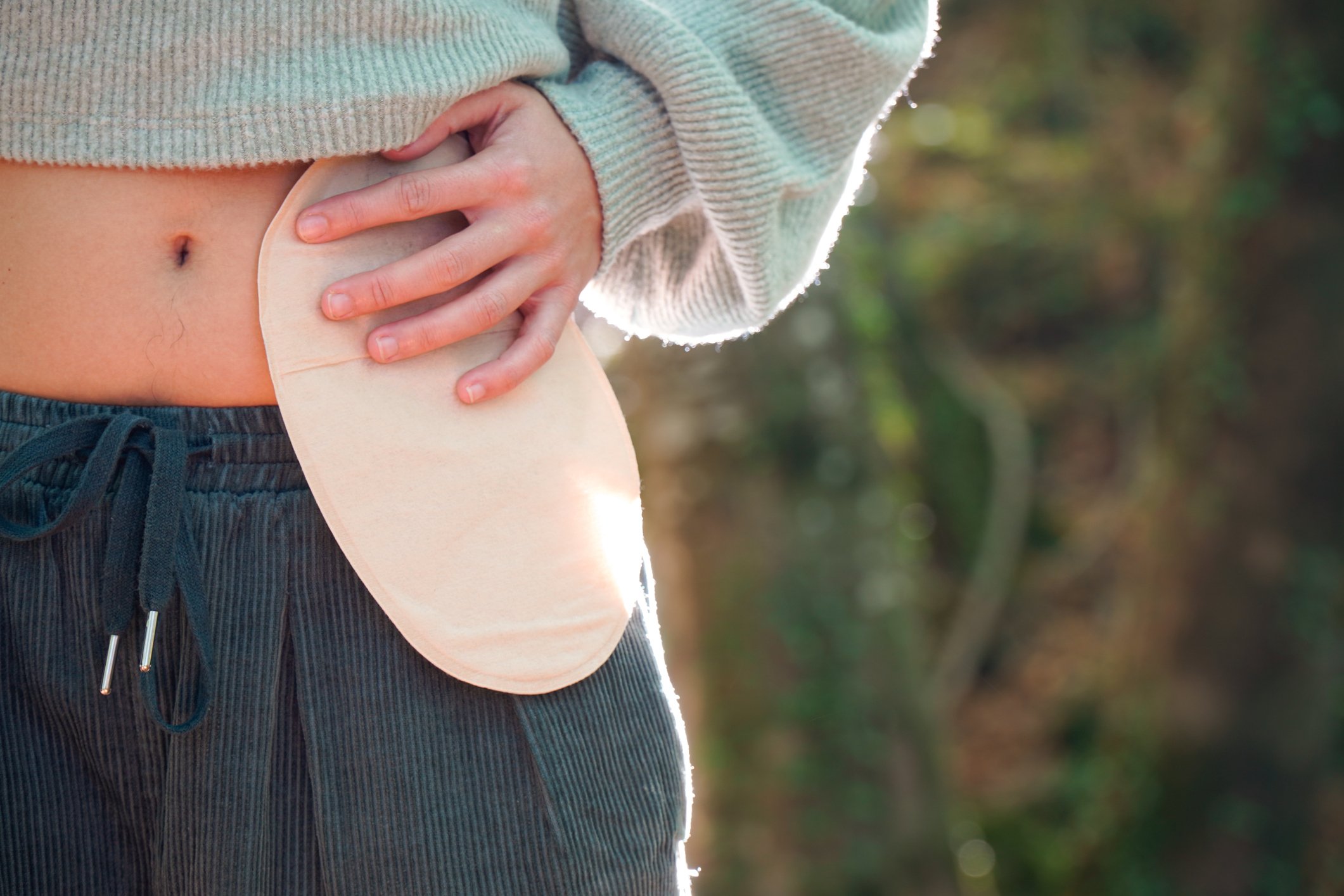Having an ostomy should not limit most of your child's activities. Your child can still take part in family time and participate in activities such as tummy time, travelling and swimming with proper planning and ostomy care.
Family time
You can still cuddle your child, bond with them and include them in family time. You are also encouraged to visit often and participate in your child's care, including ostomy care. This will help prepare you for discharge from the hospital.
Involving siblings in your child's ostomy care
If you have older children, you can include them in ostomy care by giving them tasks like distracting their sibling during the pouch change, getting supplies ready for you or holding and handing the supplies to you.
Activities
Infants with stomas have very few restrictions on their activities. The rate and timing of physical and development growth can vary from child to child—even when they do not have a stoma. When your child is ready, the stoma will not prevent them from normal movement. Without fear of harming the stoma, your child can safely:- Be hugged and held closely chest-to-chest.
- Be buckled into a car seat or stroller. Avoid placing the belt directly over the stoma.
- Be placed on their belly for "tummy time" or to play. Before placing them on their belly, the pouch should be emptied to prevent the leaks from pressure on the pouch.
- Sleep on their back as recommended by their paediatrician.
- Crawl or lie on their stomach. As they get more active, there will be more stress on the pouching system. You may need to make some adjustments in products, but your child's natural curiosity and activity should not be discouraged.
Hygiene and bathing
- Infants with a stoma can be sponge-bathed while the umbilical stump is in place, or tub-bathed after the cord falls off and sutures are removed.
- Bathing can be done either with or without the pouch system in place. It is recommended that your child wears a pouch when taking a bath.
- Water, soap or shampoo cannot harm the stoma. Just make sure the skin is well rinsed.
- Use unscented bar soaps instead of liquid soaps as some liquid soaps have moisturizers that may make the skin too soft.
- After bathing, thoroughly dry the wet pouch and skin barrier with a towel or with a hair dryer set on a cool setting to prevent moisture from being trapped against the skin.
- If bathing without a pouch, the bath can be timed with planned or unplanned pouch changes. When the whole system is off, cleanse the peri-stomal skin gently using water, soap and a soft cloth.
Clothing
Any normal infant clothing is acceptable. As your child grows, it is natural for them to explore their stoma and pouch, as they do with any other part of their body. The pouch may be an interesting discovery because of its texture and sound. They may pull on their pouches because of this. One-piece sleepers and t-shirts that snap at the crotch can help deter exploring hands. Snug-fitting clothing can also be worn without fear of harming the stoma.
Travelling
- Do not put supplies in the trunk of a car in the summer or when visiting warm travel destinations. Heat can interfere with the adhesive.
- When travelling on a plane with your child, be sure to pack supplies in your carry-on luggage.
- Always carry an emergency kit. The kit should contain a zip lock bag, pouching system and individually packaged pre-moistened paper towel or soft reusable cloth to serve as a washcloth. In an emergency, the contents of the pouch can be emptied into a zip lock bag.
- Do not use baby wipes or towelettes that contain lanolin or other oils as these interfere with the adhesive and may irritate your child's skin. Avoid using alcohol to clean the peri-stomal skin as well as this will dry and irritate the stoma and/or skin.
- Take more ostomy supplies than what you normally require.
- Check to see if there is an ostomy supply store that you can access at your travel destination.
Swimming
- The pouch should always be worn while swimming. You can consider using a closed pouch to reduce chances of the pouch opening during swimming. You may want to tape the edges of the flange with barrier strips or waterproof tape while swimming to provide extra security. You may also wish to purchase a waterproof seal ring to protect the flange.
- Any waterproof tape should be removed after swimming as it can irritate your child's sensitive skin. Immediately after swimming, also dry your child's flange and pouch.
- Printed bathing suits as opposed to solid colours can help to camouflage the outline of the appliance. Tight briefs/underwear under boxer swimsuits can also help to secure the pouch.
- You also want to empty the bag before swimming. Another option is to change to a closed-pouch system if you are concerned that the spout will open and leak.

